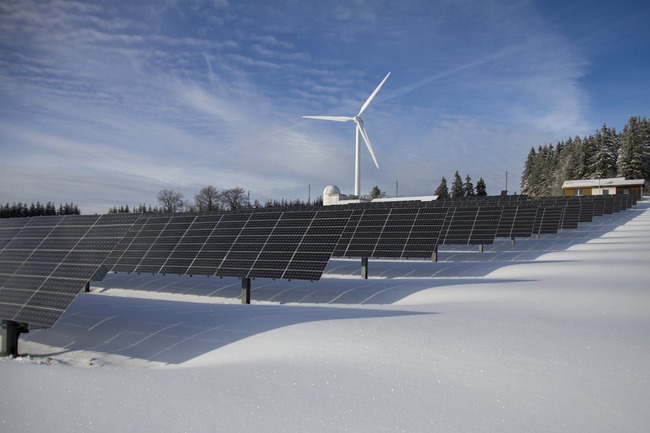From May to December 2024, the Philippines’ Department of Energy (DOE) approved 149 energy projects by issuing Certificates of Energy Projects of National Significance (CEPNS). These projects are expected to add a total of 19 gigawatts (GW) to the country’s power supply. Of this total, 17.6 GW will come from 91 renewable energy projects, while 1.5 GW will be generated from four conventional power plants.
The DOE also granted certificates to 29 transmission projects, 24 microgrid system projects, and one energy exploration project. These projects are scheduled to be completed within the next two to five years, aiming to strengthen the country’s energy infrastructure and meet growing electricity demands.
The CEPNS program had been on hold since December 2020 but was reinstated in October 2023. In April 2024, the DOE introduced Department Order No. DO 2024-04-0003, updating the rules for the CEPNS framework. According to the revised guidelines, projects can qualify for certification if they are part of the Philippine Energy Plan. This includes projects related to power generation, transmission, distribution, and services that support grid stability. Additionally, projects with a capital investment of at least $60 million (PHP 3.5 billion) are eligible for CEPNS. The certification remains valid until the project begins commercial operations.
Apart from large-scale projects, there are smaller renewable energy efforts across the Philippines that often receive less attention. In Palawan, solar hybrid systems are being installed in isolated villages to reduce reliance on diesel generators. In the Batanes Islands, small-scale wind turbines are being tested to provide consistent power in areas affected by frequent storms. Meanwhile, in Davao, local initiatives are exploring biomass energy by converting agricultural waste into fuel for rural communities.
These lesser-known projects, along with the newly certified ones, contribute to the Philippines’ ongoing shift toward renewable energy.

